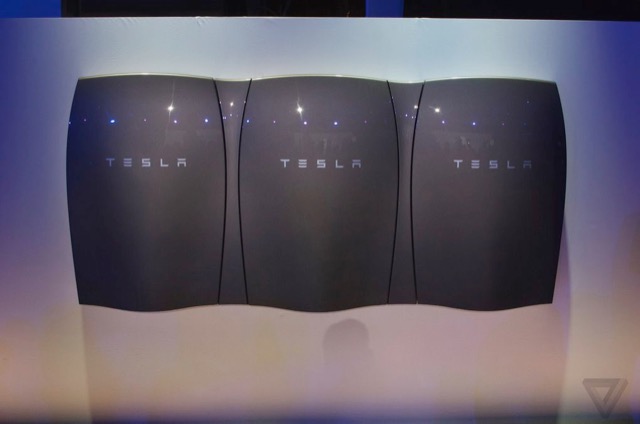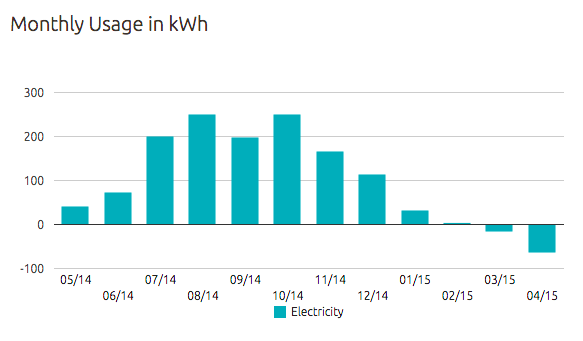Does a Tesla Powerwall Make Sense in Hawaii?
I’m intrigued by all things Tesla including their newest product, the Powerwall. The Powerwall is essentially a Tesla battery installed in the home to store excess power which can then be used later like during a power outage. Additionally, the Powerwall can charge itself when electricity rates are cheaper and then provides power to your home to avoid high cost peak times. But since Hawaii doesn’t tier its electricity rates for residences, that downplays a big feature of the Powerwall.
Couple the Powerwall with PV solar and the situation becomes more compelling. Assuming you don’t have enough solar panels to “zeroize” your electricity bill then the Powerwall could store excess electricity produced by the sun and when your home’s power consumption increases, the Powerwall provides the free power rather than getting it from (and paying) HECO.
But is this worth the $3000-3500 price tag of a single Powerwall (not including installation and other ancillary equipment)? I don’t know if there are tax considerations. More than one Powerwall can be interconnected by the way if you’re trying to live off the power grid.

Supposedly, Hawaii has the highest electrical rates in the country, and the U.S. Energy Information Admininstration says the average American home consumes about 11,000 kWh per year or about 30 kWh per day. This equates to getting three 10 kWh Powerwalls for $10,500 to store enough power daily (generated from solar) and remove your home from the commercial power grid.
Looking at my power usage (and assuming I’m doing the math right), it looks like my household averages usage of 4.3 kWh per day for months that we get power from HECO. That’s far short from the estimated 30 kWh for an average home. Anyways, with that 4.3 kWh daily usage, the 7 kWh Powerwall unit for $3000 should suffice and with room to spare.

But looking at my HECO bill, my solar panels don’t generate enough to juice up the Powerwall. So I’m not sure how it works. Do you initially charge the Powerwall using HECO and solar. Then when charged, your house draws from the Powerwall first then when depleted falls back to HECO? If that’s the case, I should be good shape with my daily average of 4.3 kWh. I would have to see the solar production numbers to verify that it can keep up that 4.3 kWh depletion. Then in theory, I would be paying the minimum monthly bill to HECO (after that Powerwall charge up).
Looking over one year’s worth of electricity bills and factoring out the roughly $18 minimum bill, I’d be saving around $360 in one year. So roughly, that equates to a 10 year return on investment?? The Powerwall does include a 10-year warranty with optional 10-year extension. Having power when the grid goes down (which seems to happen at least once a year for us) is a benefit although the 7 kWh Powerwall wasn’t designed for this (that’s the intent of the 10 kWh model but assuming only capacities differ, I’m guessing the smaller unit can serve as a power backup for a home).
Again, I’m not sure if my rough calculations are on track. But looking at my power usage, there seems to be enough benefits for Tesla’s Powerwall – paid off in about ten years (under warranty), not relying on HECO (as much), and having power during blackout and brownouts.